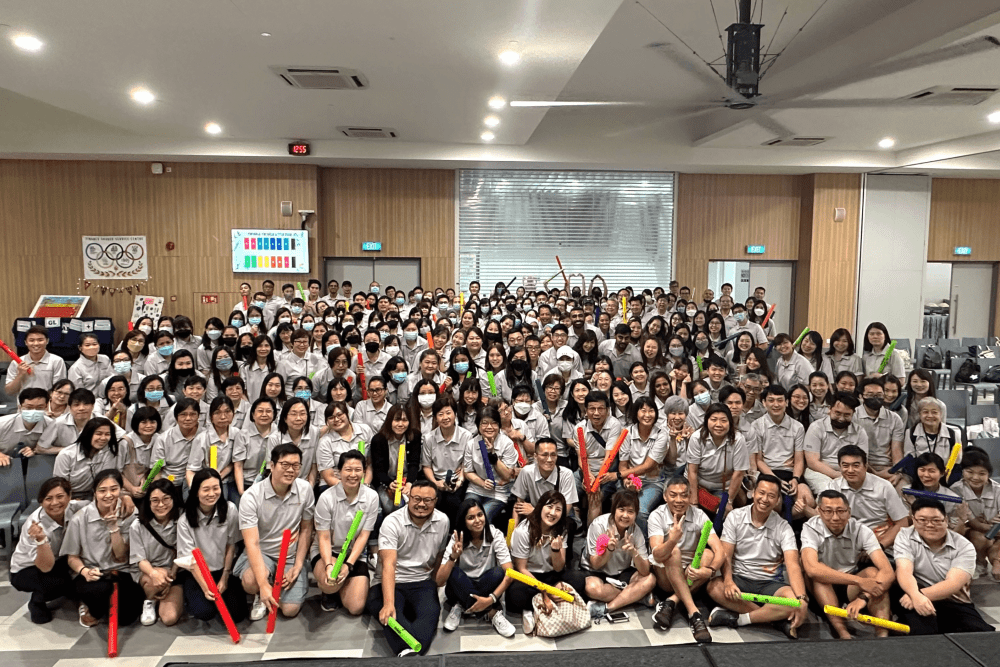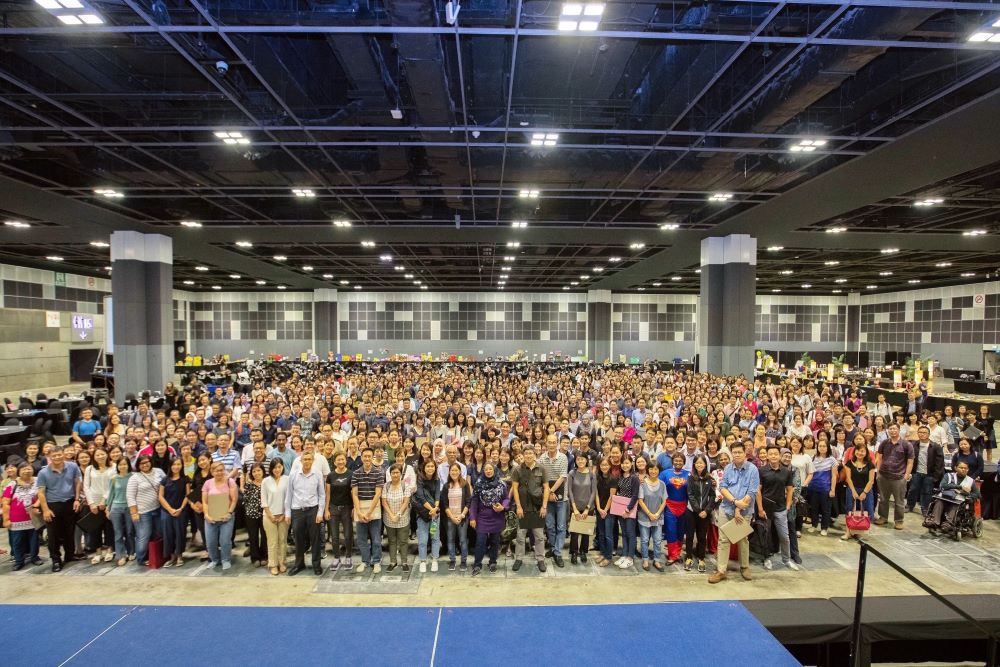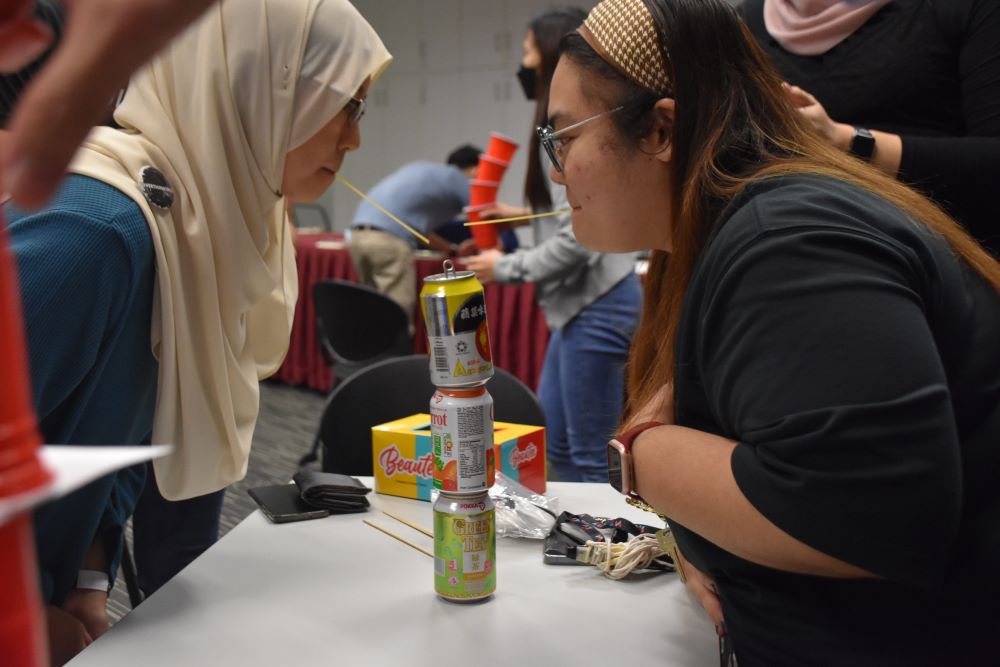18 Best Indoor Group Activities for Your Next Team Building Event
Team building is an essential part of fostering collaboration, boosting morale, and creating a sense of unity among employees. While outdoor activities often come to mind, indoor team-building activities have their own unique benefits, making them an ideal option for companies looking for engaging and versatile experiences.
Why Indoor Team Building Works Wonders
Indoor activities provide a level of control that outdoor events can’t match. Here are some key reasons why they are a great choice:
Year-Round Flexibility: Weather won’t play a role in the success of your event. Whether it’s blazing hot or pouring rain, your indoor activity can proceed as planned. You can extend it to late hours as much as you like and depending on the venue, you can have food and beverage options to keep your team energized.
Comfortable Environment: Air-conditioned rooms and comfortable seating make it easier for participants to focus and enjoy the activities without the distractions or discomforts of being outdoors. It works well for everybody, even for senior employees.
Focus on Strategy: Many indoor activities are designed to be mentally stimulating, which means they can foster critical thinking, problem-solving, and communication in a controlled setting.
Why Teams Love Indoor Team-Building Activities
Indoor team-building activities bring everyone together in a way that feels less intimidating than large outdoor events. They create a space where people can interact, communicate, and bond over shared experiences. Plus, these activities often blend fun and challenges, allowing teams to break away from the routine and engage in something new.
Now, let’s dive into the top indoor group activities that are sure to make your next team-building event a hit!
18 Best Indoor Group Activities for Team Building
1. The Running Man
Inspired by the popular variety show, this game involves a series of competitive challenges and tasks that keep everyone on their toes. It’s fast-paced, highly engaging, and perfect for teams looking for a high-energy experience.
2. Battle Royale
A competitive series of head-to-head challenges that pit teams against each other in various games.It brings out a competitive spirit while encouraging teams to strategize and collaborate.
3. Squid Game!
Inspired by the popular TV series, this activity involves multiple rounds of challenges where teams compete to win. It’s all about strategy, skill, and a bit of luck. It blends fun, nostalgia, and a competitive edge, making it ideal for boosting morale and encouraging friendly rivalry.
4. CSI Mystery
Dive into the role of detectives as teams work together to solve a gripping mystery. Participants must analyze clues, interrogate suspects, and piece together the evidence to crack the case.This activity fosters analytical thinking, communication, and teamwork while adding a layer of excitement with its intriguing storyline.
5. Win It in a Minute
A series of fast-paced, fun challenges where teams must complete quirky tasks in under a minute. Perfect for energizing teams, these mini-games push participants to think on their feet and work quickly under pressure.
6. The Big Picture
Teams work together to assemble a large piece of artwork or a giant puzzle, each working on different segments that come together to form a cohesive image.It emphasizes the importance of collaboration and helps team members see how their contributions fit into the bigger picture.
7. Lights, Camera, Action!
A creative filmmaking challenge where teams script, direct, and act out their own short films or commercials. This is a great way to unleash creativity, improve communication, and allow team members to step into new roles.
8. Build a Car
Teams are tasked with designing and assembling small-scale cars using provided materials, and then racing them against other teams. It’s a hands-on, fun way to stimulate creativity and teamwork while providing a healthy dose of competition.
9. One World Pipeline
Teams must build and manage a pipeline system that allows a ball to travel from point A to point B without stopping. This activity requires strategic planning, communication, and a keen sense of coordination among team members.
10. The Chain Reaction
Using a variety of everyday materials, teams create complex chain reactions, similar to Rube Goldberg machines, to achieve a simple task. It encourages innovative thinking, patience, and meticulous coordination.
11. Casino Royale
A casino-themed event where participants can engage in games like poker, blackjack, and roulette, testing their luck and strategy. It’s a fantastic way to build a relaxed, social atmosphere while fostering strategic thinking and risk assessment.
12. Build a Dream Team
A series of workshops and exercises designed to improve communication, leadership, and collaboration within teams. This is perfect for companies looking to strengthen bonds between employees and improve team dynamics.
13. Ultimate Survivor
An indoor survival-themed activity that includes a range of mental and physical challenges, testing resilience and adaptability. It’s a great way to encourage problem-solving skills and push teams to work through challenges together.
14. Dragon Fever
Dragon-themed games where teams work together to complete tasks and challenges, embracing the spirit of adventure. It’s a fun way to blend physical activities with a sense of fantasy and teamwork.
15. Coster Adventure
How do you emphasize the power of teamwork while keeping it fun and engaging? With Coaster Adventure, teams work together to construct a large-scale roller coaster, aiming for every piece to function smoothly from start to finish. This challenge requires collaboration and coordination, highlighting the importance of working towards a shared goal.
16. Mini Golf Course
Mini Golf Course offers a laid-back yet engaging experience where teams face off on customized mini-golf layouts. It’s an intriguing activity for most people and some even found it as a hobby after the event. It’s a great way to encourage a little friendly competition, giving participants a chance to unwind while still working together to achieve a common goal.
17. CSR Charity Carnival
Combine team-building with community support through a CSR Charity Carnival. In this event, teams get creative as they plan and operate their own carnival booths, with proceeds going to a charitable cause. It’s a unique blend of fun and social responsibility, providing a chance for teams to bond while making a meaningful contribution to the community.
18. Craft Workshops
Craft Workshops are a fantastic way to mix creativity with team bonding. These sessions can be incorporated as a fun segment within a larger event or as a stand-alone activity. Participants engage in unique craft activities that inspire their creativity, offering a relaxed atmosphere where they can unwind together. Craft workshops not only encourage teamwork but often spark new hobbies among participants. They provide a refreshing break from daily routines, fostering collaboration and bringing out the artistic side of each team member.
Conclusion
Indoor team-building activities offer a versatile and engaging way for teams to connect, learn, and grow together. From creative challenges to strategic games, these activities can be tailored to suit the unique dynamics of any group, fostering a more cohesive and collaborative work environment. Whether your goal is to break the ice, build camaraderie, or challenge your team’s problem-solving skills, there activities are for you. So, the next time you’re planning a team-building event, consider bringing the fun inside—your team will appreciate the comfortable, engaging, and enriching experience.
For more detailed information on these indoor activities, visit PulseActiv’s website.
To head back to read another article in our blog, click here.




